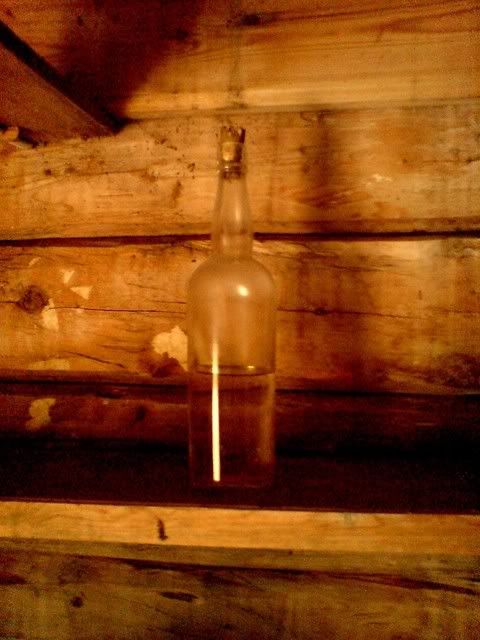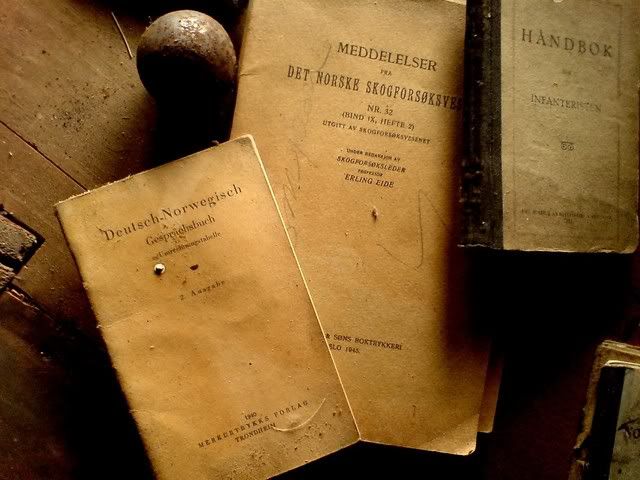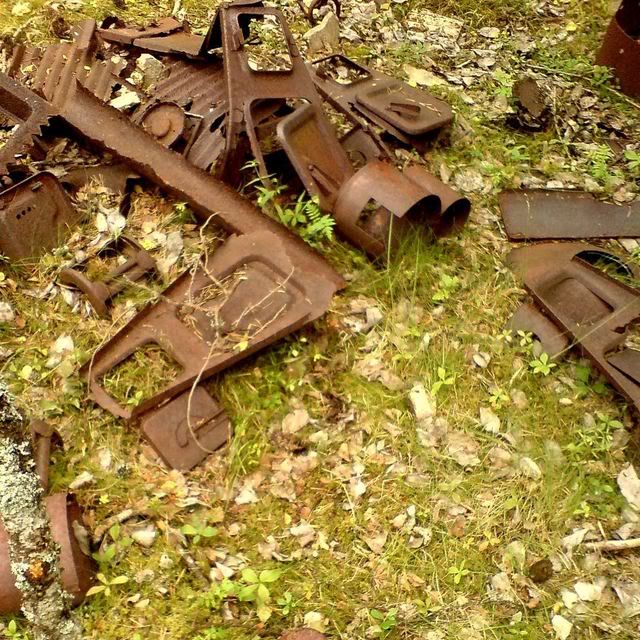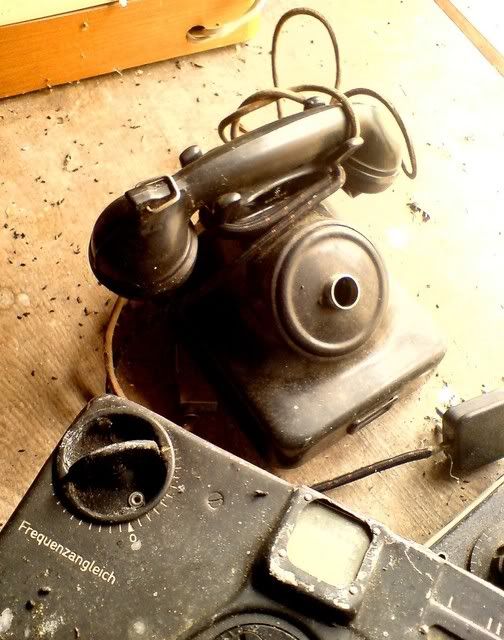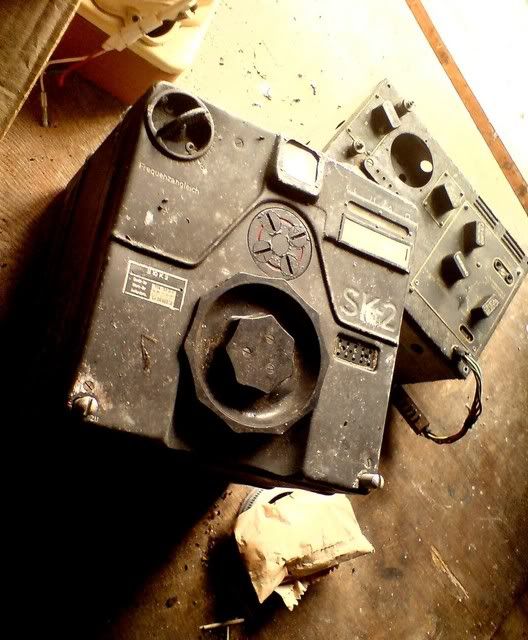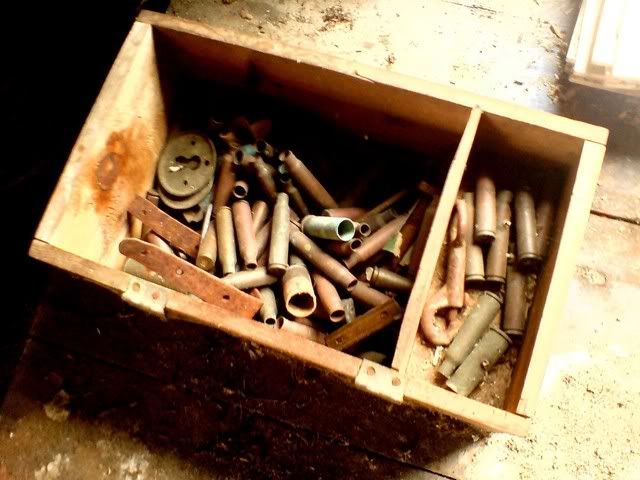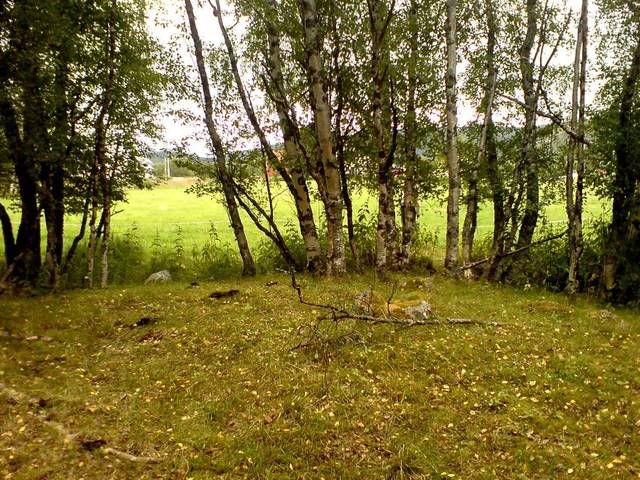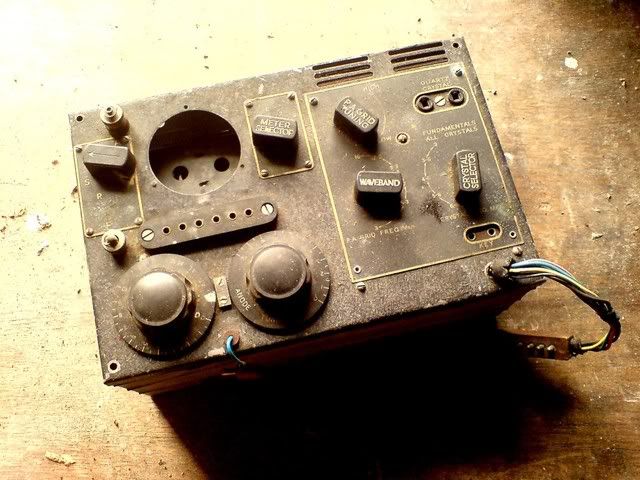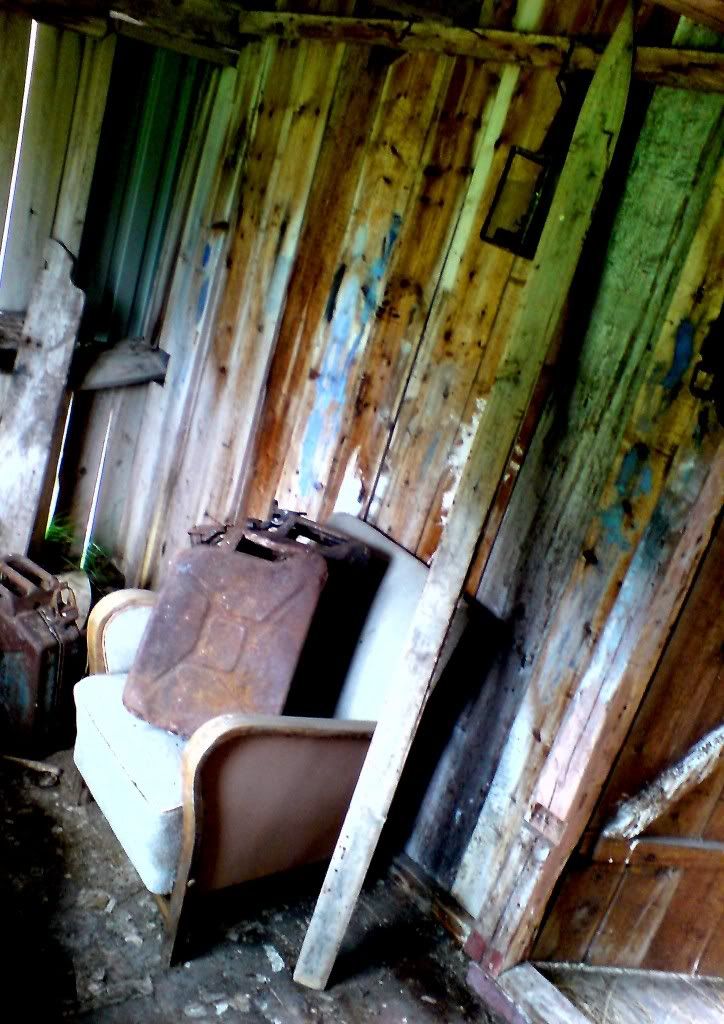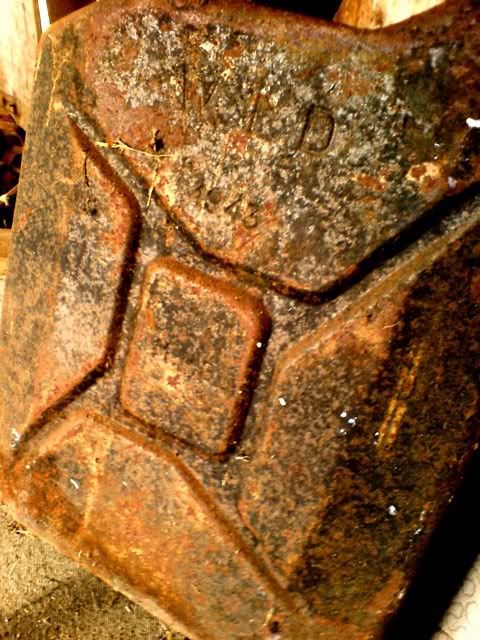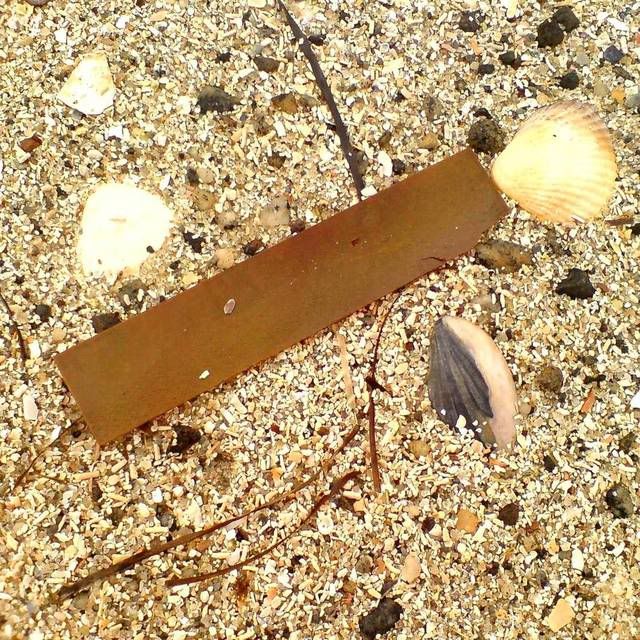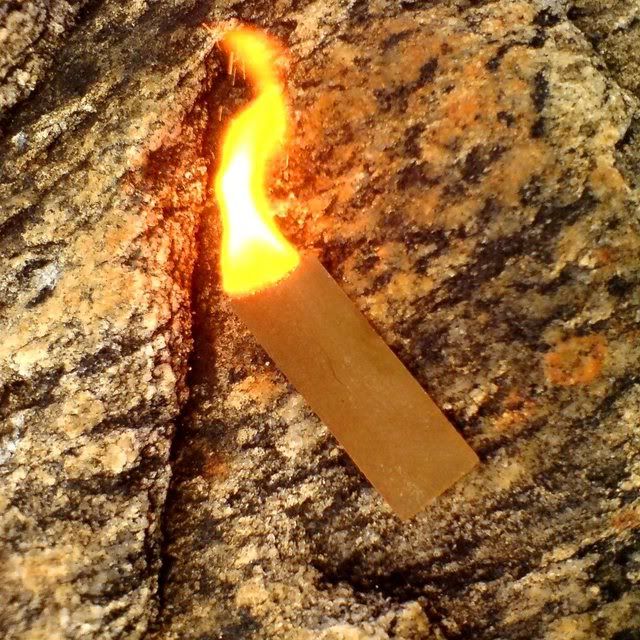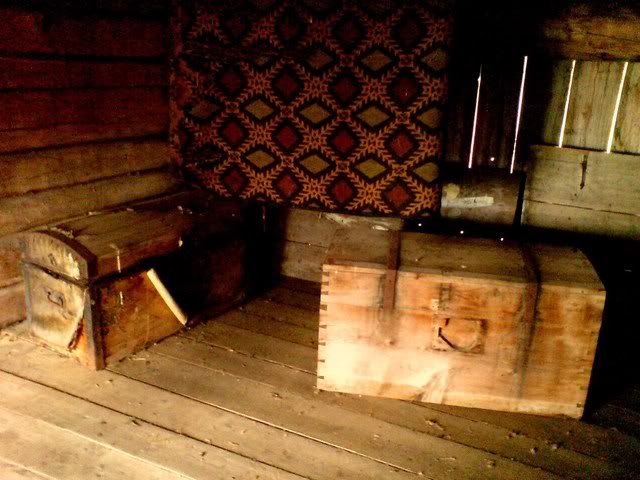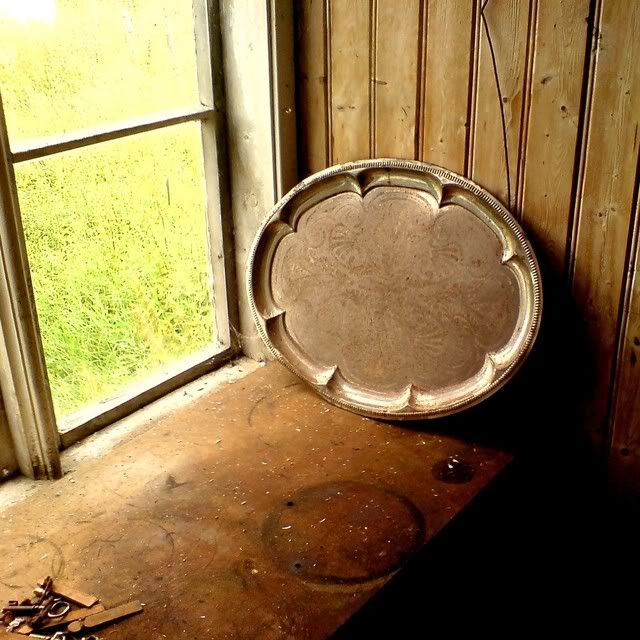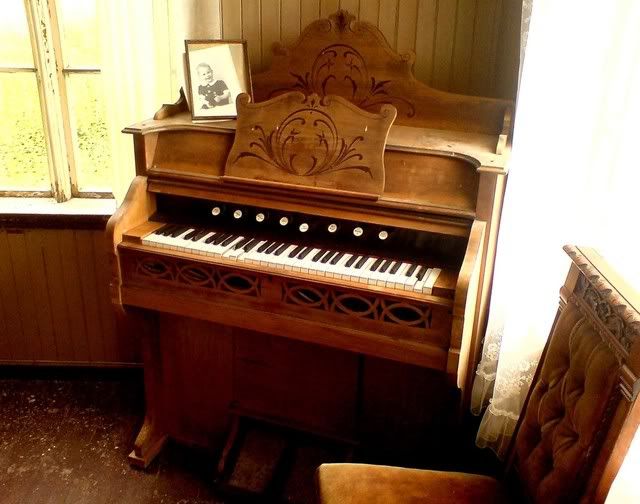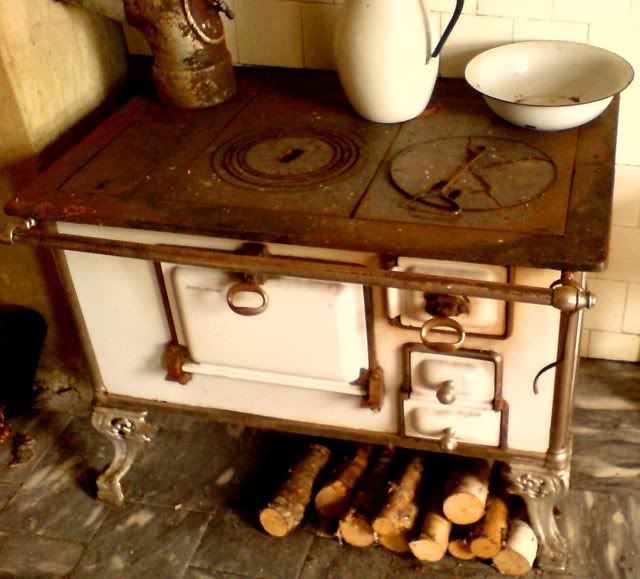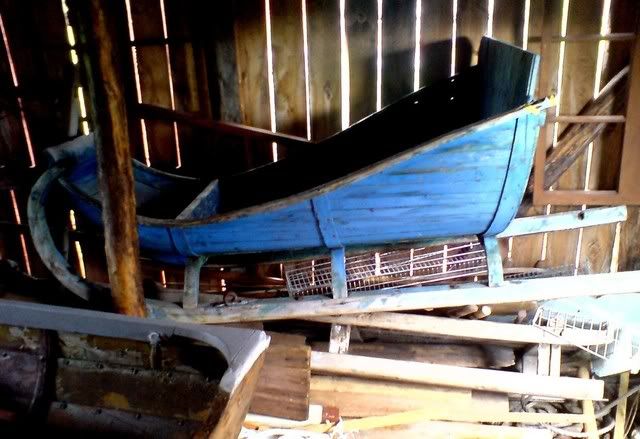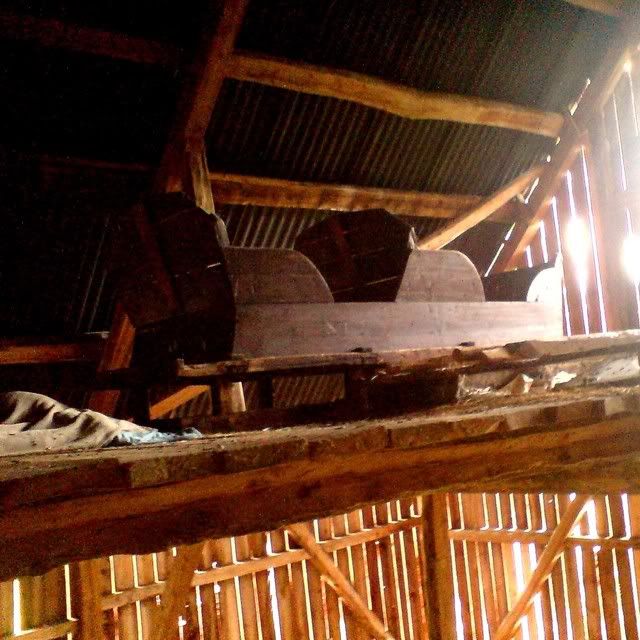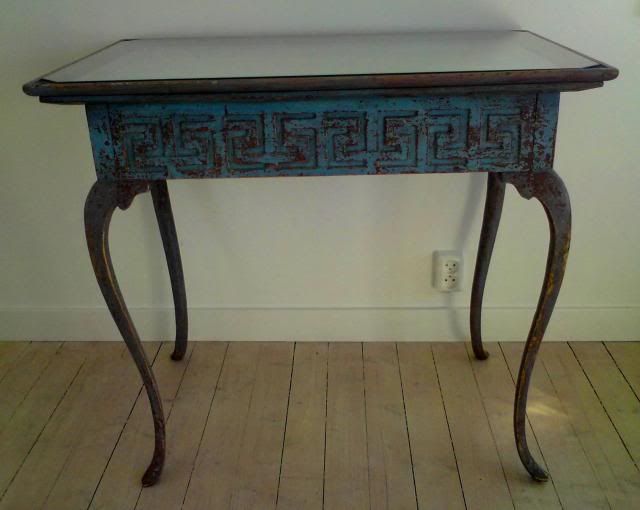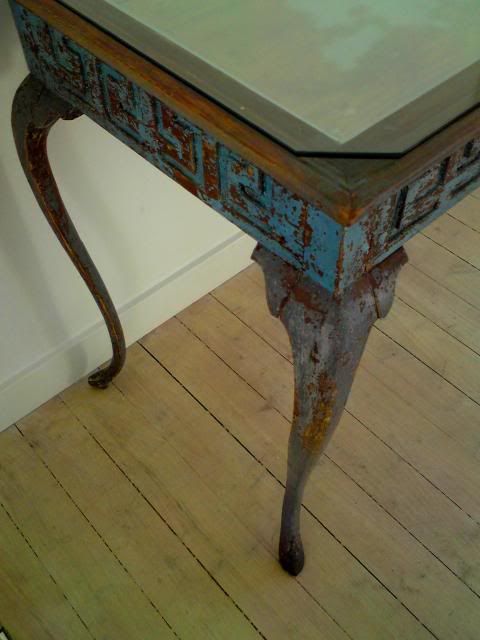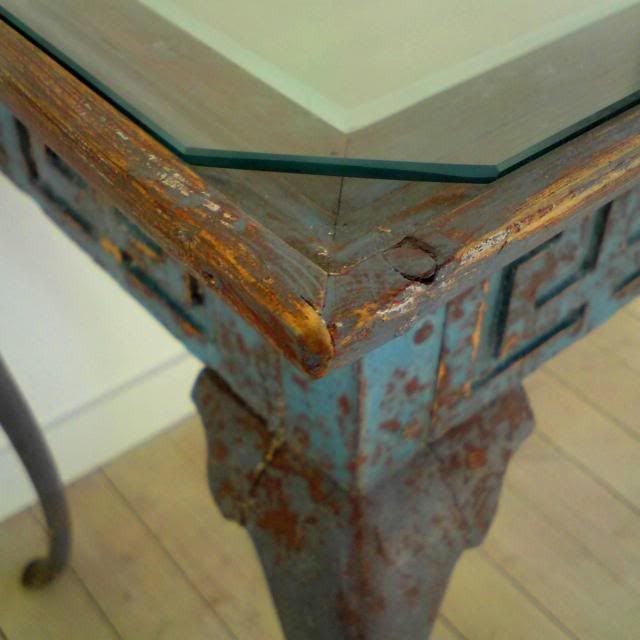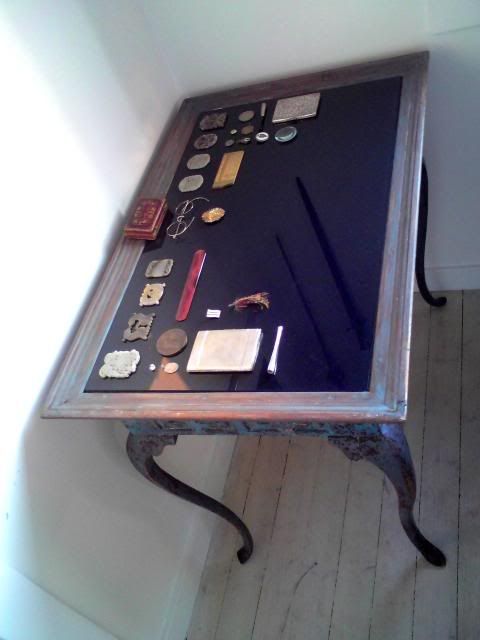Lucky Strike
A-List Customer
- Messages
- 387
- Location
- Ultima Thule
My fiancée and I went up to see my parents last week, and to show her where I partly grew up. So I showed her around, and we opened up an old outhouse on a farm that was last inhabited in the early fifties.
Seeing this gave me quite a start:
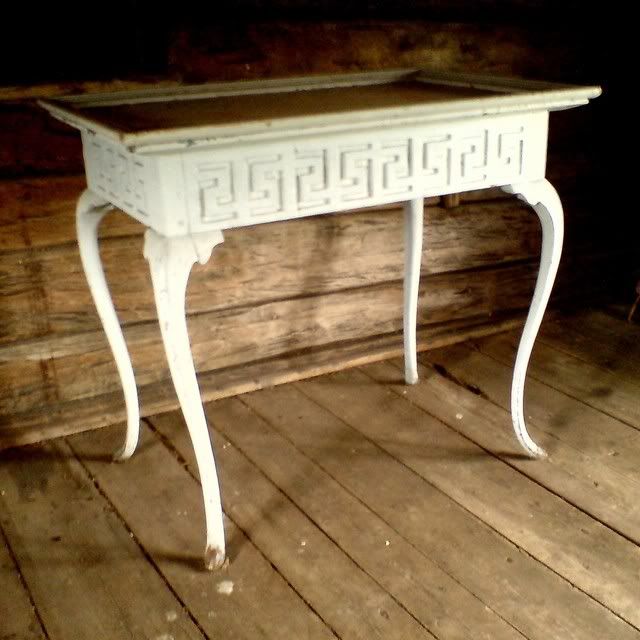

It turned out to be a late rococo/early Louis XVI tea table, with an unflattering, later white coat of paint, and cracks in the (one solid piece of wood) top. Worst of all, one little piece to the side of one leg and even worse: the raised, profiled edge around the top are contemporary to the white paint; this was probably done in the twenties or thirties.
Tea was still a relatively new and fashionable drink in Europe when this was made, and quite expensive, so at least in the Scandinavian countries, the theory is that these "tea tables", as the antiques trade here calls them, were made for the particular purpose of serving tea. The size, proportions (perfect for a small desk, btw) and the raised table-top edge are typical. The more up-market versions had porcelain or sometimes silver trays that would fit into the table top.
The legs are oak, to achieve slenderness, while the rest is pine. Also, the table top's original surface, under the white paint, is beyond salvage:
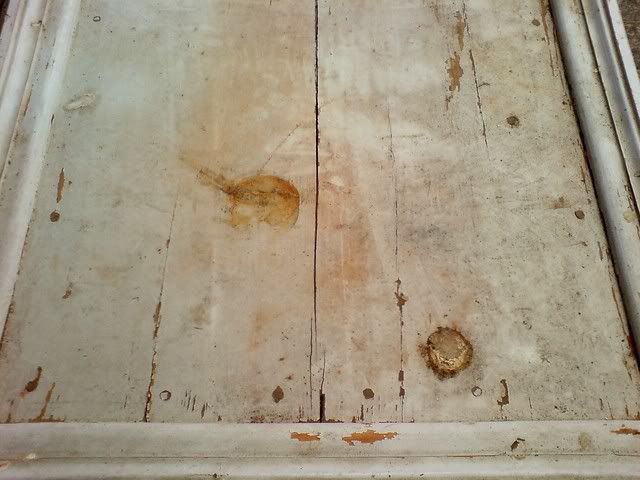
I instantly phoned my father, asked if I could help myself to it, stashed it in my car and took it to my parents' house. Further investigation showed that the original paint was a faded Prussian blue, on a reddish primer:
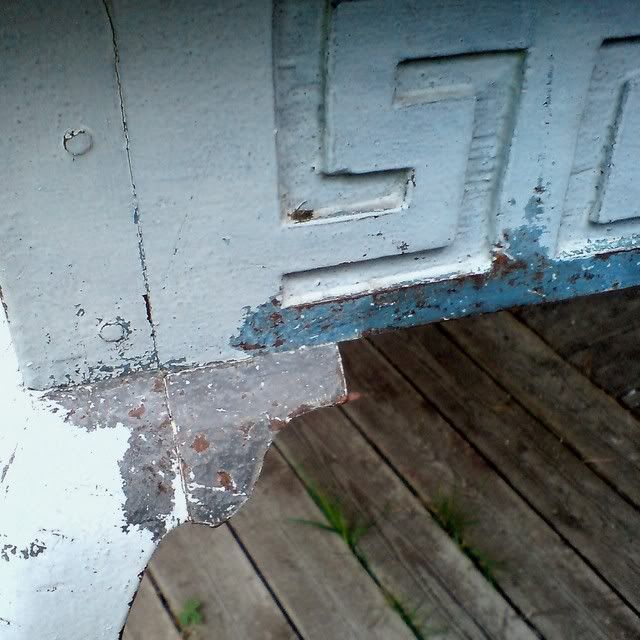
The "nails" seen in the last pic are actually wooden plugs. This, the blue paint and the one-piece top places it in the 18th C.
And so, we started (very carefully) removing the layer of white paint, - this took four full days of meticulous scraping, or rather, "picking off" white paint:

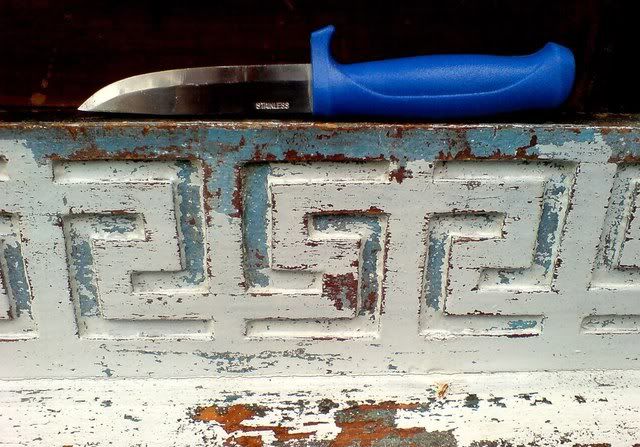
Here's a detail of the general result - of course, the reason for the white overpaint was that the original blue was quite worn and scratched:
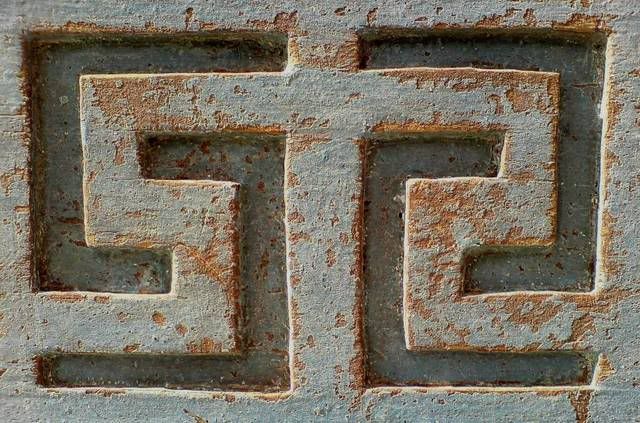
Tools:
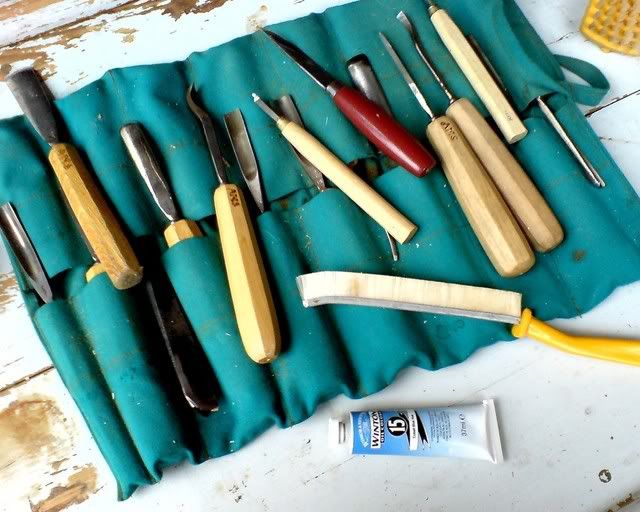
Halfway there:
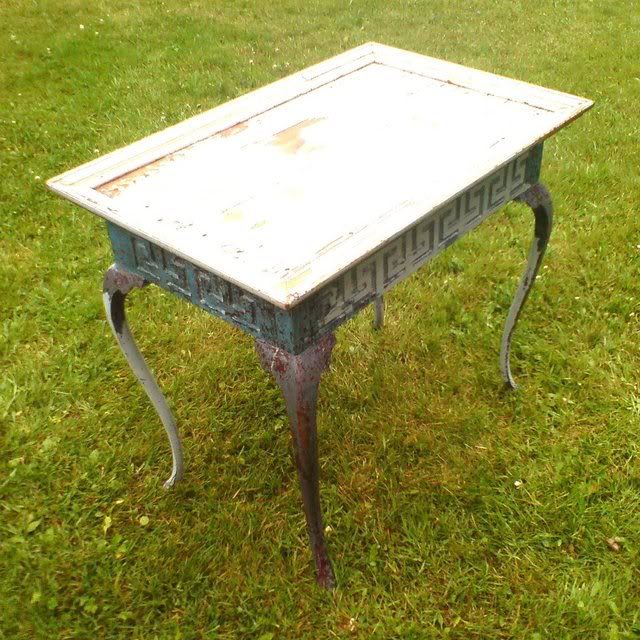
And the result so far:
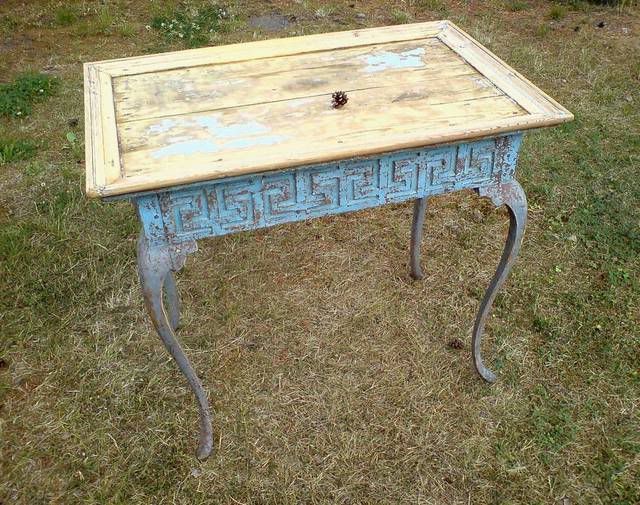
I took a drill with a rotating-sandpaper-flaps head to the top and edge, as it was unsalvageable and without original paint anyway.
It's now in the garage, awaiting shipping. When I get it delivered, I'll have to show it to some specialists, who will probably advise me to take some linseed oil and ultramarine blue, make a "wash" out of it, and just lightly rub this into the blue-painted surfaces. The table top will be painted with a similar solution, only with far more colour in the oil.
Eventually, I'll have a black glass plate fitted to the table top, I think.
I know I'm going on about this, but when you spend four long days slowly picking paint off something, you want to show it off, I'm afraid.
Seeing this gave me quite a start:


It turned out to be a late rococo/early Louis XVI tea table, with an unflattering, later white coat of paint, and cracks in the (one solid piece of wood) top. Worst of all, one little piece to the side of one leg and even worse: the raised, profiled edge around the top are contemporary to the white paint; this was probably done in the twenties or thirties.
Tea was still a relatively new and fashionable drink in Europe when this was made, and quite expensive, so at least in the Scandinavian countries, the theory is that these "tea tables", as the antiques trade here calls them, were made for the particular purpose of serving tea. The size, proportions (perfect for a small desk, btw) and the raised table-top edge are typical. The more up-market versions had porcelain or sometimes silver trays that would fit into the table top.
The legs are oak, to achieve slenderness, while the rest is pine. Also, the table top's original surface, under the white paint, is beyond salvage:

I instantly phoned my father, asked if I could help myself to it, stashed it in my car and took it to my parents' house. Further investigation showed that the original paint was a faded Prussian blue, on a reddish primer:

The "nails" seen in the last pic are actually wooden plugs. This, the blue paint and the one-piece top places it in the 18th C.
And so, we started (very carefully) removing the layer of white paint, - this took four full days of meticulous scraping, or rather, "picking off" white paint:


Here's a detail of the general result - of course, the reason for the white overpaint was that the original blue was quite worn and scratched:

Tools:

Halfway there:

And the result so far:

I took a drill with a rotating-sandpaper-flaps head to the top and edge, as it was unsalvageable and without original paint anyway.
It's now in the garage, awaiting shipping. When I get it delivered, I'll have to show it to some specialists, who will probably advise me to take some linseed oil and ultramarine blue, make a "wash" out of it, and just lightly rub this into the blue-painted surfaces. The table top will be painted with a similar solution, only with far more colour in the oil.
Eventually, I'll have a black glass plate fitted to the table top, I think.
I know I'm going on about this, but when you spend four long days slowly picking paint off something, you want to show it off, I'm afraid.
